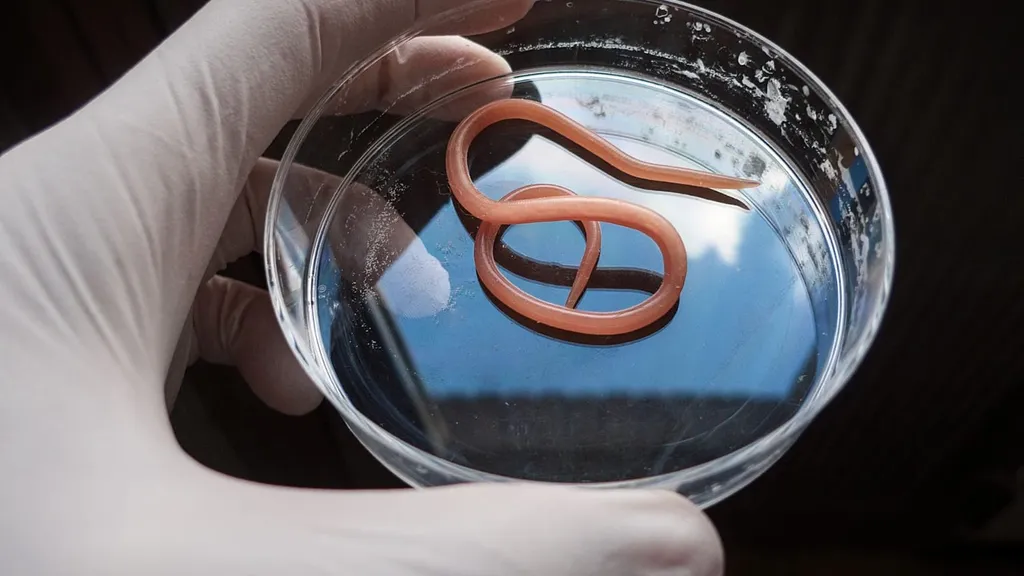In the quest to understand how diet influences health and reproduction, scientists have turned to an unlikely ally: the tiny, transparent worm Caenorhabditis elegans. A recent study led by Chao-Wen Wang from the Department of Life Sciences at National Cheng Kung University in Taiwan has uncovered how high-glucose diets can disrupt lipid metabolism and reduce fecundity in these worms, offering insights that could resonate far beyond the lab.
The research, published in the journal *Frontiers in Cell and Developmental Biology* (translated as “Frontiers in Cell and Developmental Biology”), reveals that C. elegans fed a high-glucose diet of Escherichia coli OP50 exhibit reduced fertility. This decline is accompanied by significant disruptions in lipid homeostasis, including decreased monounsaturated and increased cyclopropane fatty acids, reduced phosphatidylcholine (PC), and elevated triacylglycerols. These changes are linked to abnormal lipid droplet and vitellogenin accumulation in the intestine and oocytes.
“Our findings suggest that high-glucose diets can rewire the choline–methionine axis, leading to lower PC levels and impaired RAS/ERK signaling in germline and gonadal sheath cells,” Wang explained. This disruption impairs oogenesis, ultimately reducing fecundity.
However, the story doesn’t end there. When the worms were fed a high-glucose diet of Comamonas aquatica DA1877, they maintained lipid balance and normal fecundity. This suggests that dietary cues from C. aquatica can protect against glucose toxicity.
The study also found that vitamin B12 supplementation could restore RAS/ERK signaling and rescue the diet-specific fecundity defects. “This indicates that targeted nutritional interventions could mitigate the negative effects of high-glucose diets,” Wang added.
The implications of this research extend beyond the realm of worm biology. Understanding how dietary inputs influence lipid metabolism and reproductive health could have significant impacts on human health and agriculture. For instance, optimizing diets for livestock could enhance fertility and productivity, benefiting the agricultural sector. Additionally, insights into how high-glucose diets disrupt lipid homeostasis could inform strategies to combat metabolic disorders in humans.
As we grapple with the global challenges of food security and sustainable agriculture, studies like this one provide valuable clues. By unraveling the complex interplay between diet, lipid metabolism, and reproduction, scientists are paving the way for innovative solutions that could shape the future of food production and human health.
“This research highlights the importance of understanding the intricate connections between diet and biology,” Wang noted. “It’s a reminder that even the simplest organisms can offer profound insights into the complexities of life.”

